
Newly Identified Bolivian Plant Species
Madidi Hydrocotyle Apolobambensis
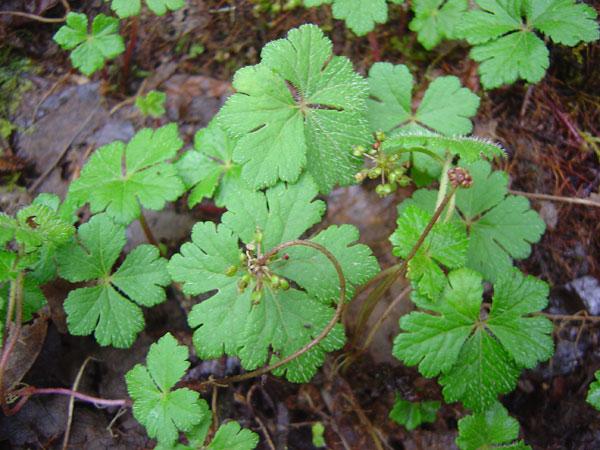
Botanists have just identified eight newly found plant species from Madidi National Park in Bolivia. Now these researchers are working to document the plants before it is too late.
Hydrocotyle apolobambensis is a creeping herb growing in the shady and cool forest in the upper Andean forest of northern Bolivia.
Madidi Meriania Horrida
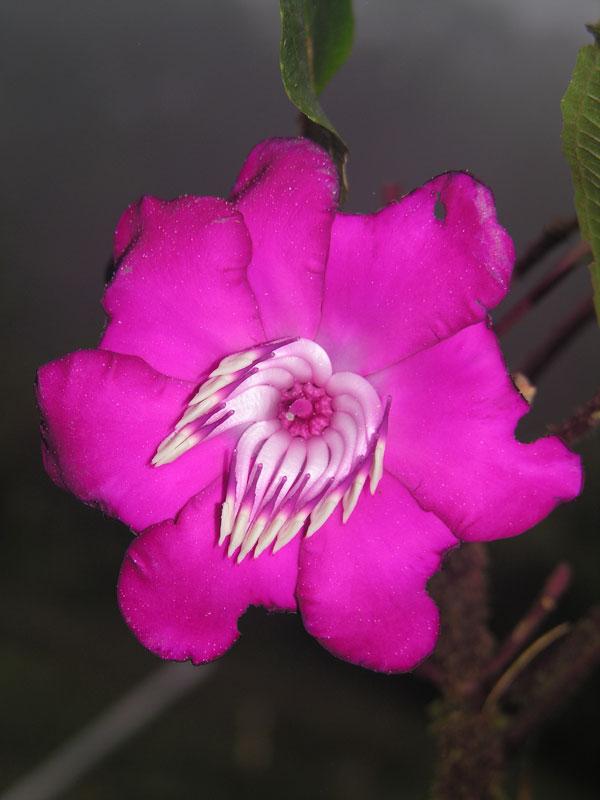
Meriania horrida is a showy shrub with bright pink colored flowers known from three localities of the Madidi region. Many parts of the plants are covered by large branched hairs or tree-shaped hairs., which gives the branches of the shrub the appearance of being covered by their own miniature forest.
Madidi Passiflora Madidiana
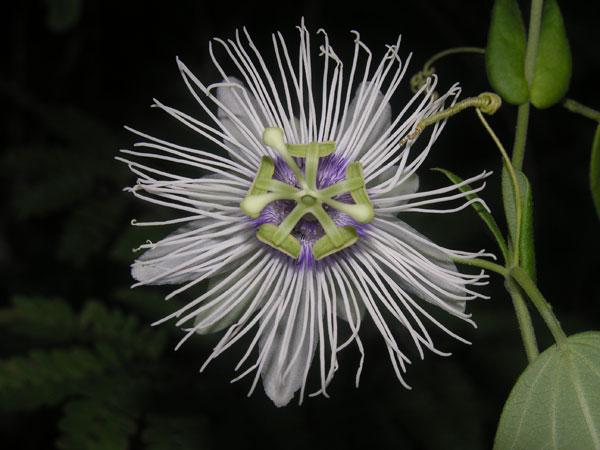
Passiflora madidiana is a vine only found in the Tuichi River valley, which holds some of the world's most pristine dry forest covers this valley. The dry forest of the Madidi National Park is rich in endemic species many of which are new to science.
Madidi Prestonia Leco
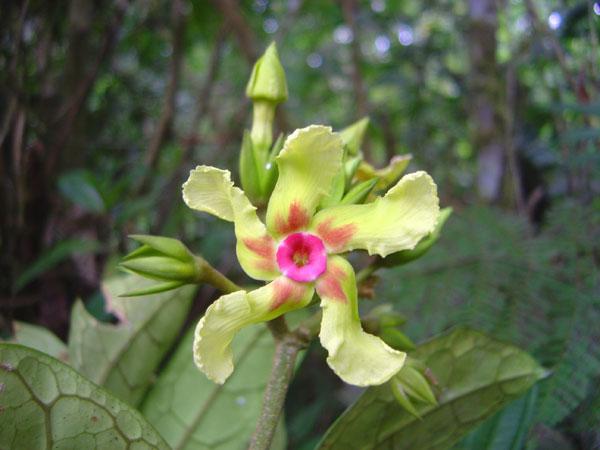
Prestonia leco is from the humid montane forests in Bolivia. The species was discovered five years ago, but the Missouri Botanical Garden's collections lacked flowers and they only recently were able to secure flowering specimens, and only then could it be described. These flowers are difficult to collect because they bloom only when they reach full sun in the large trees.
Madidi Weberbauerocereus Madidiensis
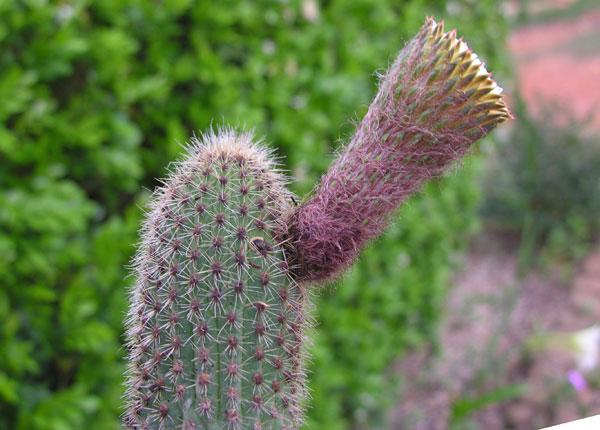
Weberbauerocereus madidiensis is a 16 to 22 foot (5 to 7 meter) tall new species, and another remarkable endemic of the dry forest of the Madidi National Park. The genus has never been seen in Bolivia before and previously it was only known from the Pacific slopes of Peru.
Sign up for the Live Science daily newsletter now
Get the world’s most fascinating discoveries delivered straight to your inbox.










